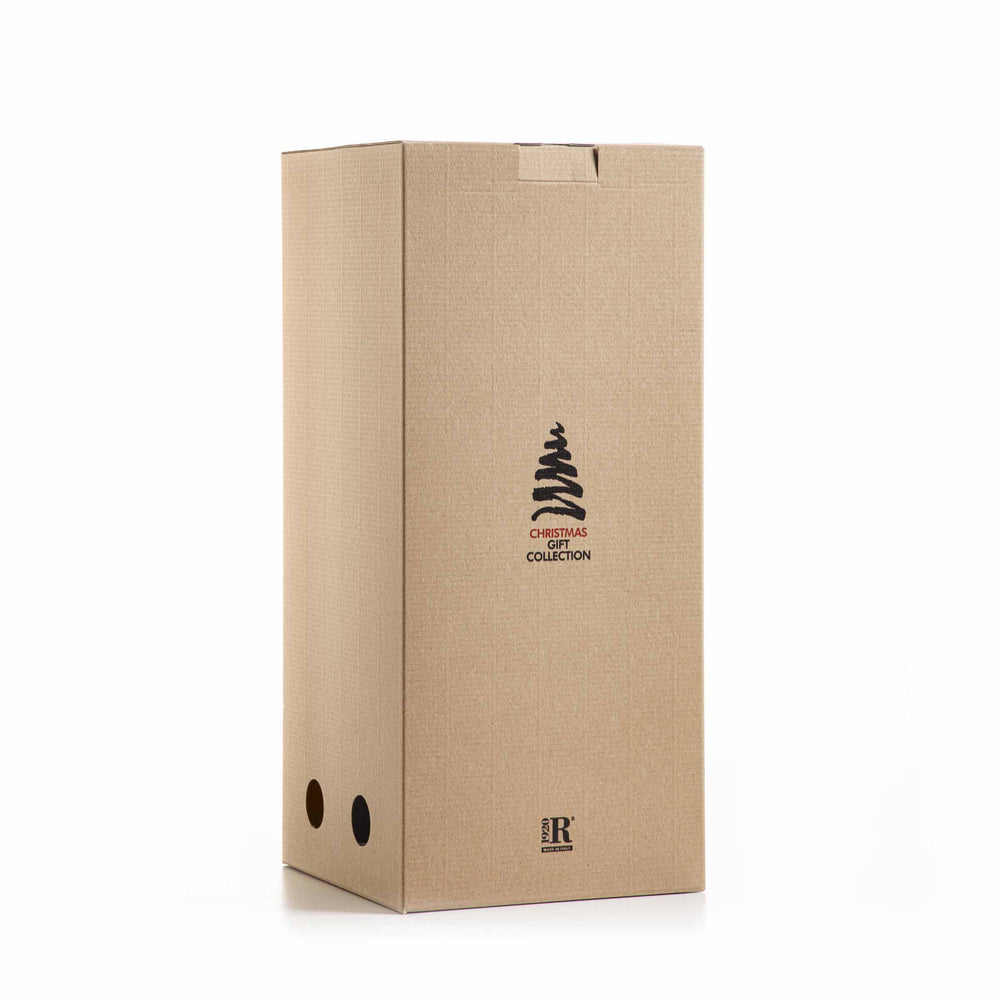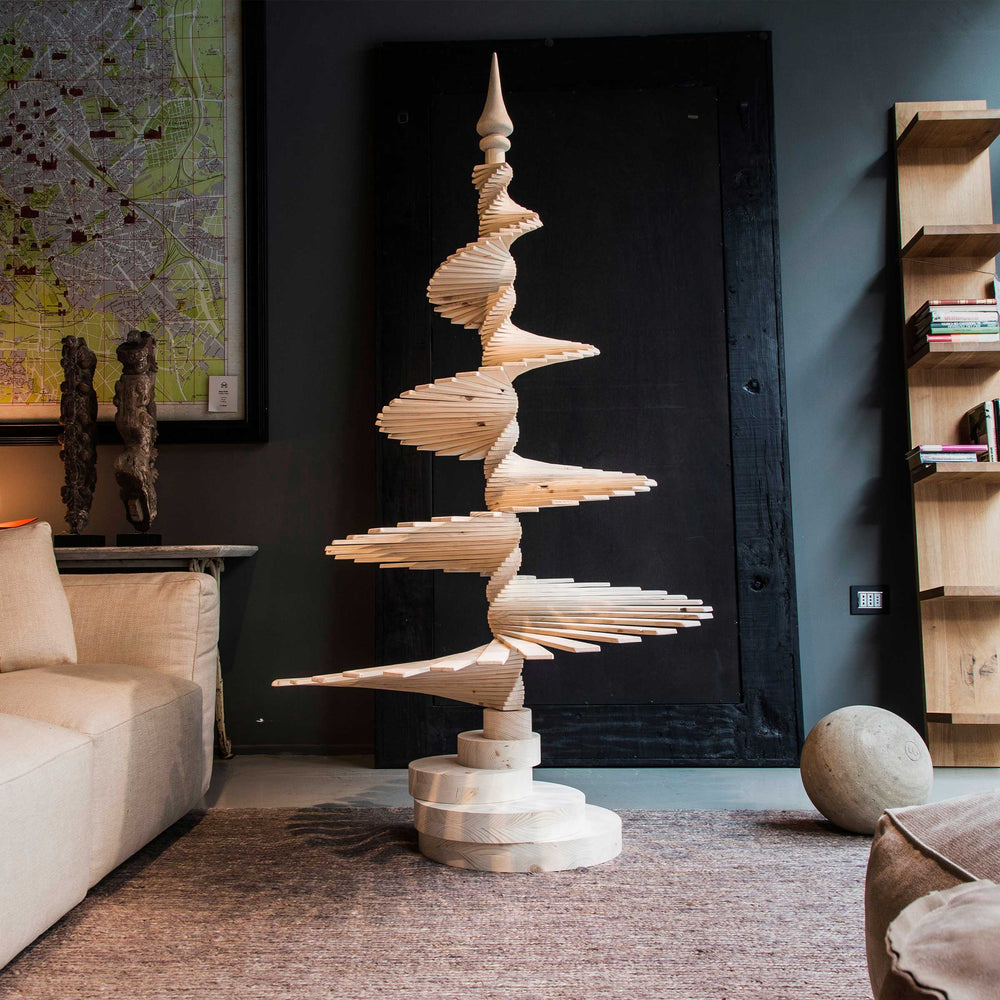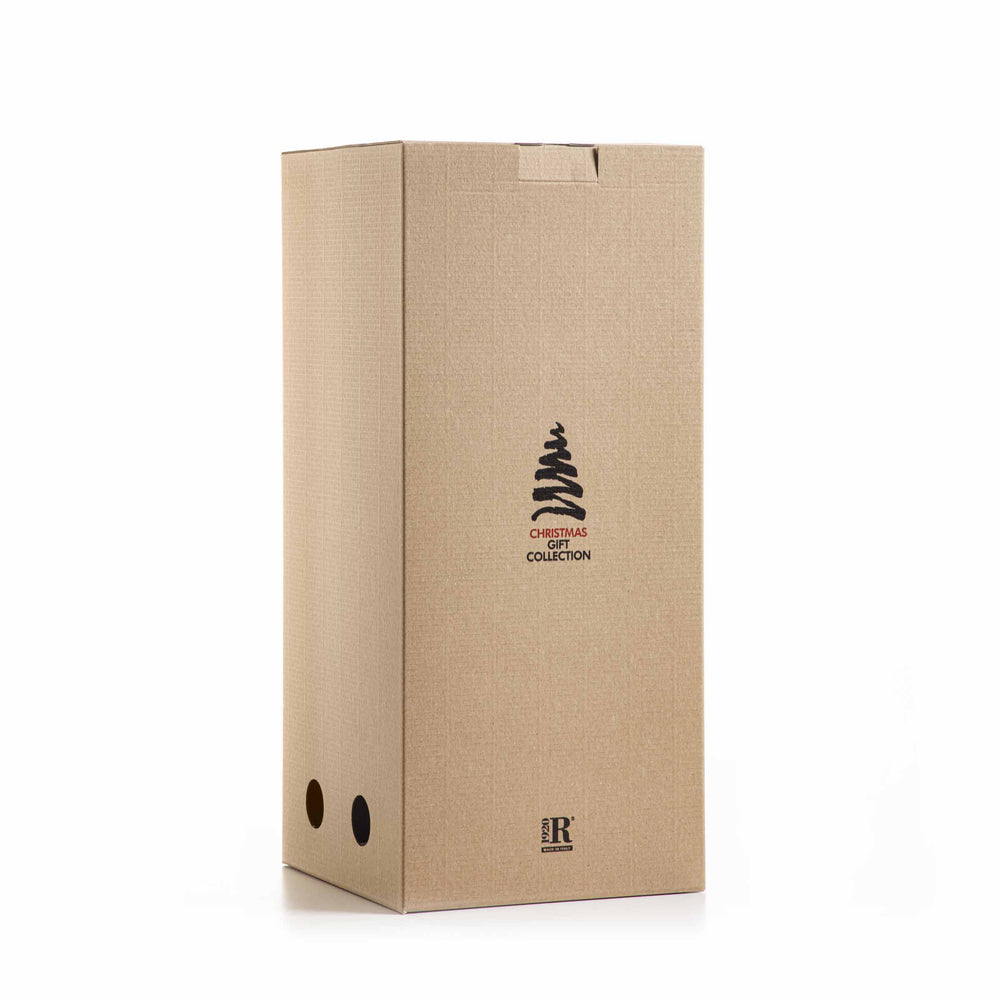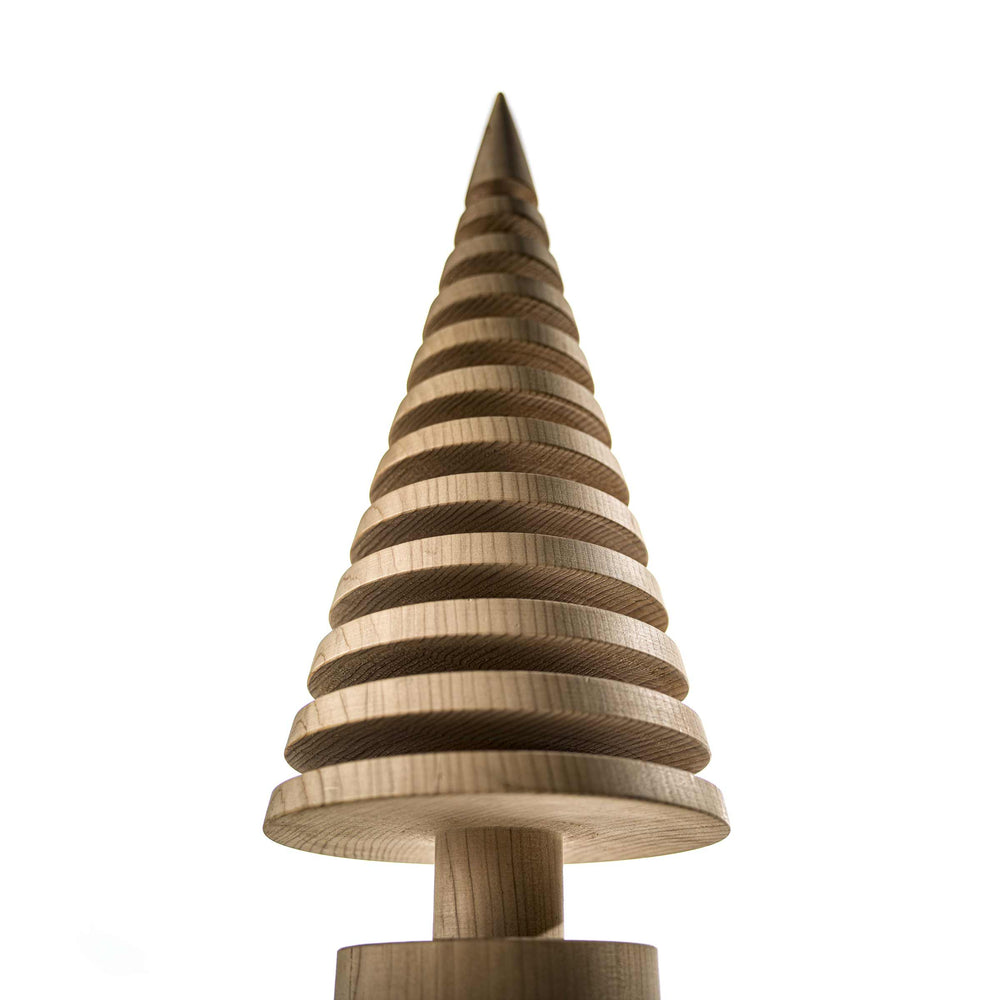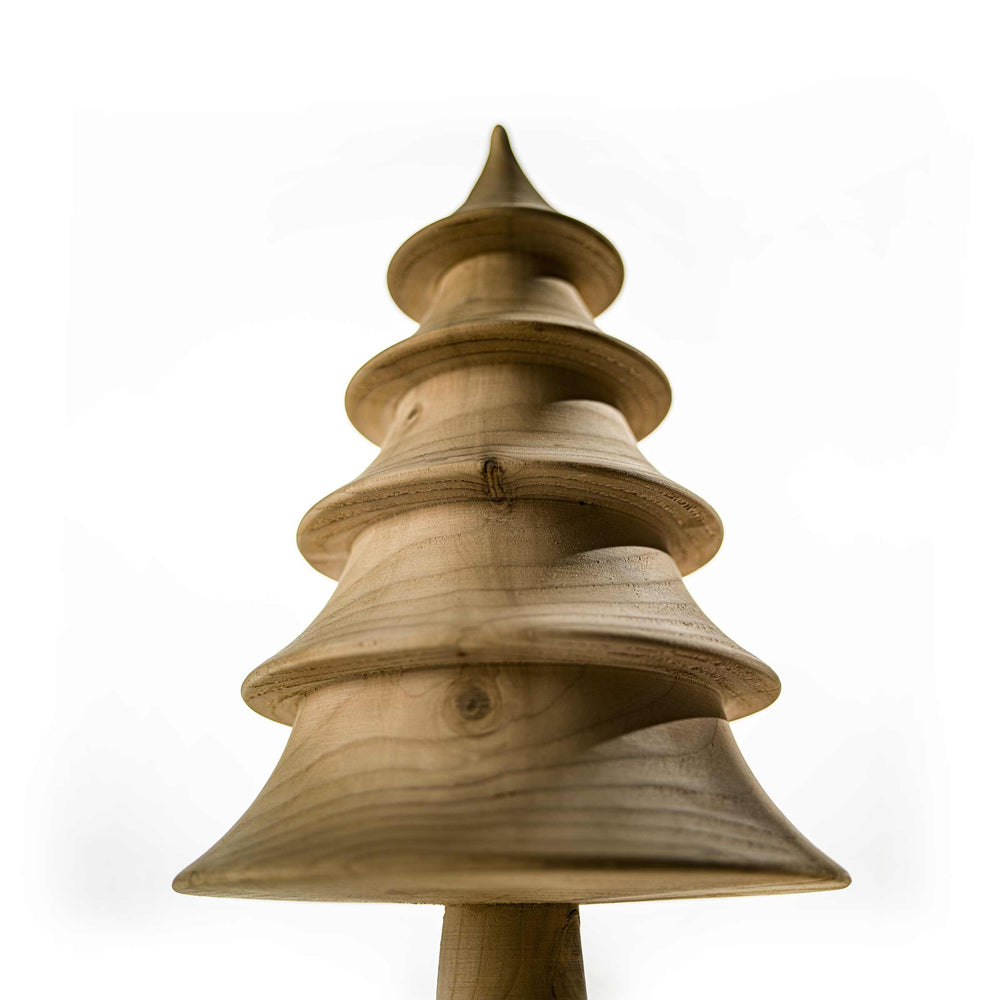Wood and Cardboard Sustainable Christmas Trees
View allTRENDS: Design Icon
The term icon derives from the Russian language and indicates a sacred image, painted on wood or metal, decorated in gold and silver with precious stones, typical of Byzantine and Russian art. In semiology, it indicates the message entrusted to the image, like a manifesto.
Nowadays, the term refers to a person or an object representing a model to follow or imitate. In Design, we call icons those products, aligned with social evolutions, capable of conquering the public's taste, while not necessarily fashionable, characterized by aesthetic values and ongoing use.
The reason why a product becomes an icon is everything but obvious. There is always room for unforeseen events and mystery linked to epochal moods. If the reasons were evident and easy to state, everyone could design icons.
The creation of icons is related to the ability to interpret contemporaneity. Culture can also play a decisive role, given that history, as Gian Battista Vico argued, unfolds for courses and appeals. Sometimes it's just a matter of luck, like with Dior's bag, worn by Lady Diana for a special occasion and shortly after becoming one of the brand best-sellers.
A design product becomes an icon thanks to the designer signature and his/her ability to tell a story. When I asked Philippe Starck the reasons for his fame, he answered, "because I can narrate".




